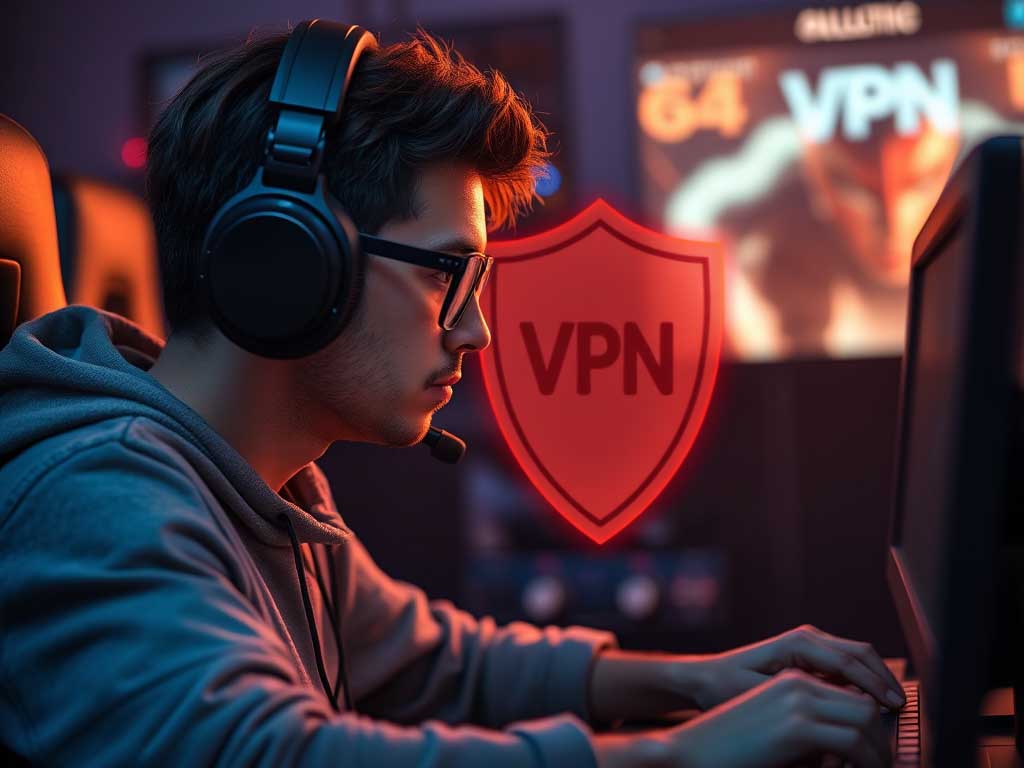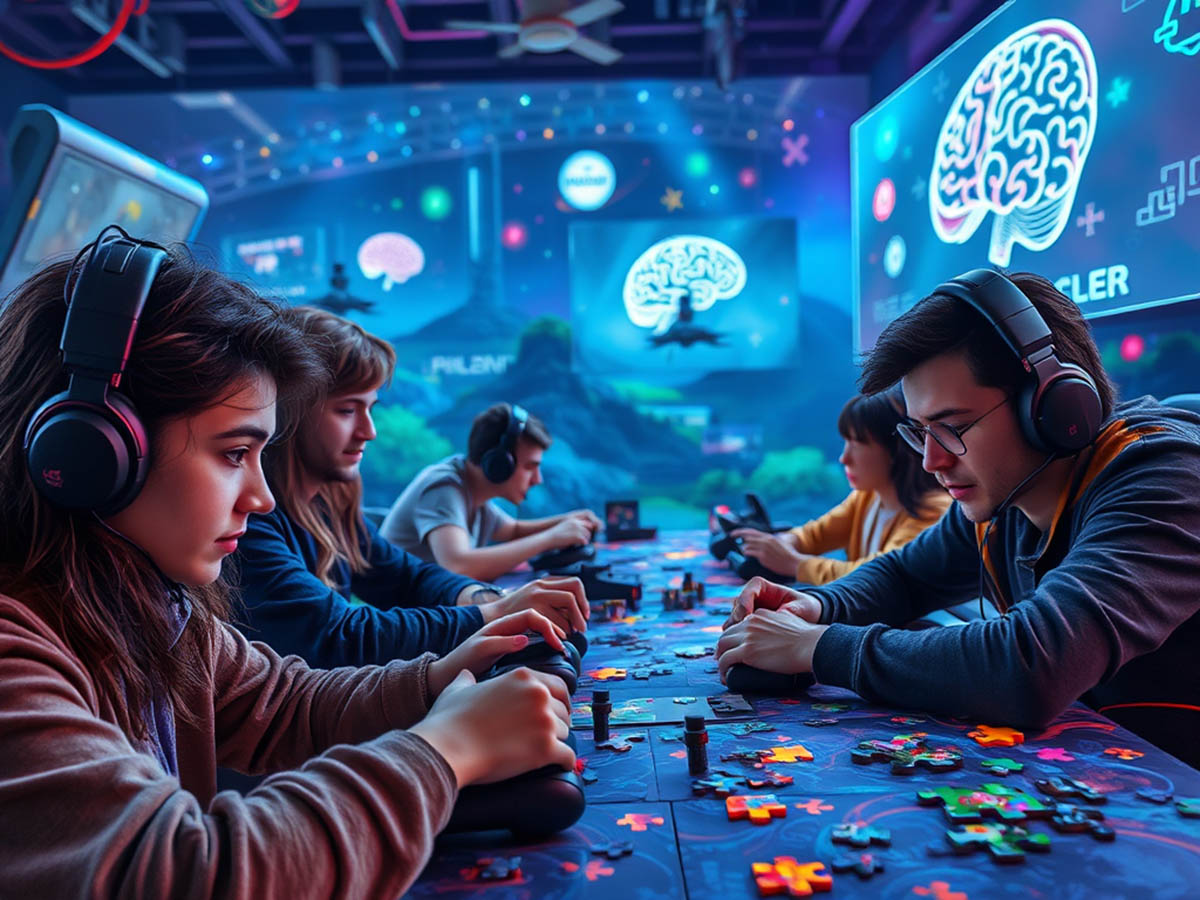How Iconic Emoji Are Transforming Communication in Gaming Chats
Communication in video games has come a long way. From short terms like “GG” and “LOL,” the ways players connect with each other have grown—and emoji now play a leading role. In a space where real-time interaction shapes the gameplay, emoji bridge emotional expression, quick reaction, and even strategy, especially in fast-paced online games.
Once reserved for simple messaging, emoji are now embedded in advanced chat systems found in many multiplayer titles. Whether it’s a quick reaction or a favorite expression from a curated Symbol copy and paste tool, these visuals influence how players communicate, collaborate, and compete across global gaming communities.
✓ Emoji support quick, visual, emotional messaging during gameplay
✓ Gaming communities create their own communication style using emoji
✓ Emoji help balance toxicity and build stronger team dynamics
✓ Developers respond by designing custom emoji and stickers
How Emoji Emerged in Gaming Chat Tools
In the early days of online multiplayer games, players relied only on keyboards to communicate. Voice chat was rare. Commands had to be typed manually. But as technology improved, emoji slowly made their way in—offering a shortcut to express emotion or intent.
Today, games like Overwatch, League of Legends, and Valorant include emoji or emote features built into the gameplay. Players use these during live matches. A simple 👏 or 😤 can speak volumes without saying a single word.
Mobile titles such as Clash Royale and PUBG Mobile also offer preset emoji that show support, frustration, or celebration. These responses are fast, visual, and less disruptive than text.
Why Emoji Matter in Player Communication
Clear Emotion Without Voice
Not everyone uses voice chat, especially in public matches or random team settings. Emoji offer an alternative. Instead of typing “Nice move,” players can tap a 👍. If something goes wrong, a 😓 or 🤦 is enough.
These symbols are easy to read under pressure. There’s no need to translate or interpret. That makes emoji effective in cross-cultural interactions where players don’t share a common language.
Strengthening Community Bonds
Certain emoji become community favorites. For example, 😂 is often used after an epic team fail. In Discord groups or Twitch chats, emoji form the heart of inside jokes and shared culture.
During live e-sports events, repeated use of 💀 signals a brutal play. Meanwhile, 👀 expresses anticipation. These icons act like shorthand—everyone watching knows what they mean.
Guiding Behavior in Competitive Settings
Toxic behavior is a common issue in online games. Developers have tried various ways to reduce it—and emoji became part of the solution.
For instance, League of Legends offers limited emoji reactions between teammates. This reduces typing that may lead to insults or negative chat. A 😐 is often enough to show disapproval.
In Overwatch 2, animated emotes replace chat altogether in some moments. They’re funnier, visual, and less likely to offend. Emoji become a moderation tool that supports more positive behavior.
Custom Emoji and Game Identity
As emoji use grows, many developers now create exclusive emotes and sticker sets for their games. Rather than using basic icons, players can unlock or buy emoji tied to characters or game themes.
These visuals aren’t just for fun—they’re tied to branding. When a hero has a unique emoji, players quickly associate it with the game. In Fortnite, popular dances and meme-based expressions include matching emoji, reflecting each character’s personality.
Communities on platforms like Discord often feature exclusive emoji only available to group members. Using those icons can feel like wearing a badge that shows you belong.
A Global Language That Doesn’t Need Words
One of the biggest strengths of emoji is their universal appeal. A 😍 means the same to a player in Japan as it does in France.
In international matches or streams, emoji offer quick visual responses. When a play blows the audience away, chat fills with 🔥, 😱, and 🙌. No subtitles needed.
Emoji can even work as tactical signals. Icons like 🛡️ or 🗡️ may suggest “defend” or “attack.” In mobile MOBAs, emoji-based pings say things like “On my way” or “Retreat,” faster than typing or talking.
Where Emoji Can Fall Short
Despite their benefits, emoji aren’t perfect. The sheer number of options sometimes causes confusion. An emoji like 😅 might be read as nervous laughter—or sarcasm.
Some developers added tooltips to help players understand emoji meanings. Others introduced cooldowns to prevent spamming. In ranked matches, spamming emoji for taunting can be seen as poor sportsmanship.
Still, the positive uses outweigh the negatives. Emoji help gaming chats feel more alive, expressive, and less stressful—even in tough matches.
Popular Emoji and Their Common Use
Here are a few emoji frequently seen in games and what they usually mean:
- 🔥 – Outstanding move or combo
- 💀 – Epic fail or instant kill
- 👏 – Praise for a teammate or opponent
- 😎 – Confident or stylish play
- 🤔 – Questionable tactic or play
These emoji appear not only in game chats but also across community forums, comment sections, and Discord servers. They’re more than just reactions—they’re part of the gamer’s identity.
How Emoji Shape Player Branding
Emoji use isn’t just about in-game functions. A player’s identity often includes their favorite emoji. Streamers sometimes design their own emoji sets for subscribers and fans.
If a streamer constantly uses 🐉, people may start linking them to dragon-themed content or fantasy RPGs. This visual cue becomes part of their online presence.
Emoji also boost visibility in fast-moving chats during tournaments. When voice or video isn’t an option, emoji act as the player’s voice.
AI-Driven Emoji in Modern Games
AI features in modern games now suggest emoji during high-stakes plays. If a kill streak happens, the system might prompt 🔥 or 👏. Some games allow bots or non-player characters to use emoji too.
This creates a smoother and more responsive experience. It blurs the line between automated systems and emotional feedback. Still, players retain full control over how they use these symbols.
What the Future Holds for Emoji in Gaming
With online games continuing to grow, emoji will likely gain even more roles. Developers might add animated emoji, haptic feedback-based reactions for VR, or voice-activated emoji triggers.
As visual interaction becomes more common, emoji offer faster, more accessible ways to connect. They skip over language barriers and simplify emotional expression.
A single emoji tap can share support, warning, humor, or focus—without interrupting the game.
Lasting Change in Gaming Culture
The impact of emoji in gaming chat isn’t just a passing trend. They now serve as tools for reaction, team coordination, and cultural identity within gaming spaces.
From a quick thumbs-up to a sarcastic smirk, emoji shape how players connect. Like a controller or a keyboard, they’ve become essential parts of a player’s setup—simple, expressive, and entirely human.


